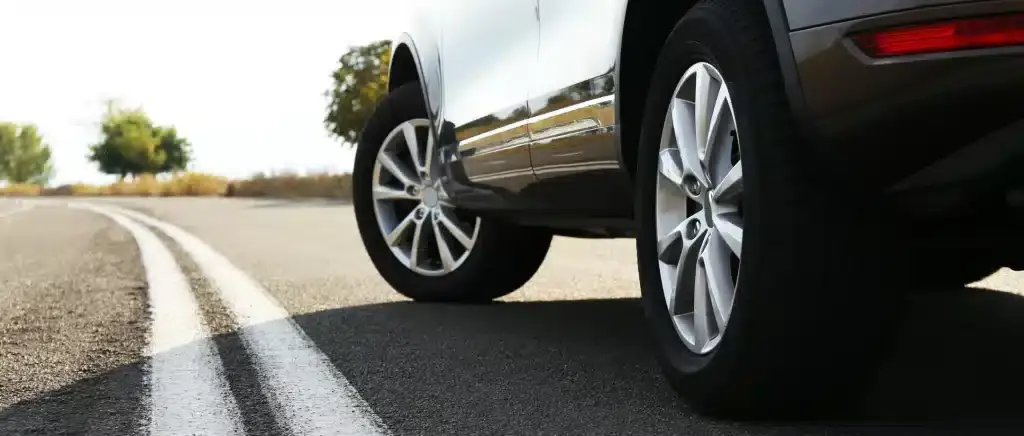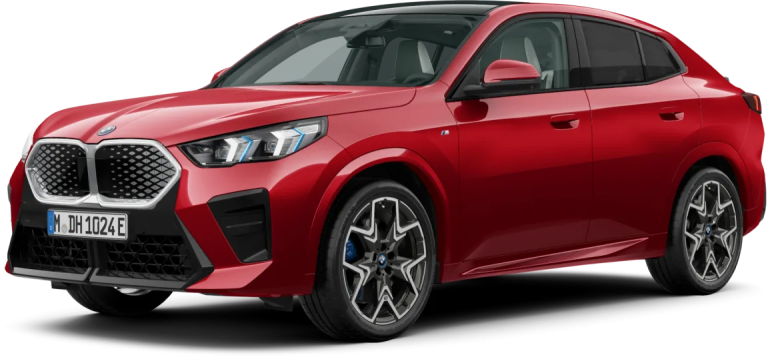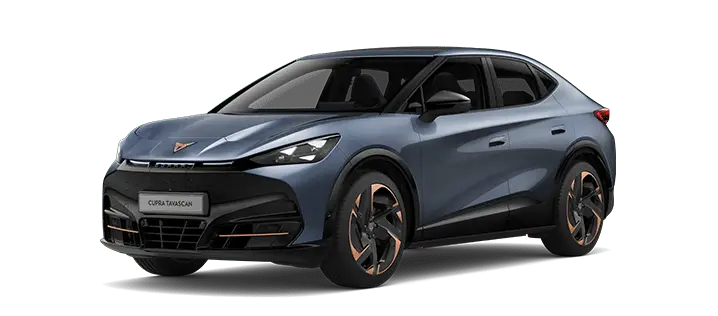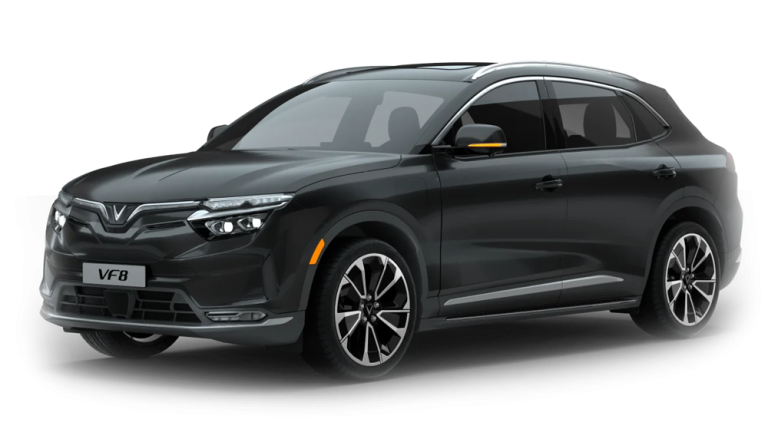Understanding mileage allowances
Kilometric allowances are of vital importance to the self-employed, as they compensate for expenses incurred during business travel. In fact, it is possible for a professional to carry out his or her activity by travelling to clients or patients with his or her car, which is registered on his or her personal assets. In this context, mileage allowances are a way of reimbursing the costs inherent in these journeysThis will help to preserve fairness and recognition of the work done.
The costs taken into account when calculating mileage allowances include various elements. Firstly, the fuel needed to make the journey is taken into account. In our case, this is a refill of the battery necessary for the operation of your electric car. Toll charges, which are often unavoidable when using motorways or expressways to get to your destination, are also taken into account. In addition, parking costs, whether in public or private car parks, are included in the amount of the mileage allowance. Lastly, other costs directly linked to business travel, such as car washing or rental costs, may also be taken into account.
It is essential to stress that the amount of the mileage allowance is generally calculated on the basis of the number of kilometres actually travelled for business purposes. It is therefore essential to keep an accurate record of the distances travelled and to retain the necessary supporting documents, such as fuel bills and toll receipts, so that the amounts can be justified.
In addition, since 2021, self-employed professionals using a electric car to carry on their business benefit from a increase their mileage allowance by 20 %.
Calculating mileage allowances
The calculation of mileage allowances is based on a number of criteria, including :
- the distance travelled,
- the vehicle's tax rating,
- the cost of fuel.
To optimise your mileage allowances, it is important to calculate these different criteria correctly. To do this, it is advisable to use business expense management software, which will enable you to calculate your mileage allowances precisely according to these criteria. That way, you can be sure you're not losing money on your travel expenses.
Table of mileage allowances in 2023
Here is the table of mileage allowances for electric cars for 2023.
| Puissance fiscale de votre véhicule | Inférieur à 5 000 km | Entre 5 001 km et 20 000 km | Supérieur à 20 000 km |
|---|---|---|---|
|
≤ 3 CV
|
d × 0,529
|
(d × 0,316) + 1065
|
d × 0,370
|
|
4 CV
|
d × 0,606
|
(d × 0,340) + 1330
|
d × 0,407
|
|
5 CV
|
d × 0,636
|
(d × 0,357) + 1395
|
d × 0,427
|
|
6 CV
|
d × 0,665
|
(d × 0,374) + 1457
|
d × 0,447
|
|
≤ 7 CV
|
d × 0,697
|
(d × 0,394) + 1515
|
d × 0,470
|
Example of how to calculate mileage allowance for the Tesla Model 3
A Tesla Model 3 is a electric saloon It's very popular with professionals and has a tax rating of 7 bhp. Let's imagine that you drove 17,000 kilometres in the course of the year. In this case, you would calculate your mileage allowance as follows:
(17 000 x 0,394) + 1515 = 8 213 €
What's more, as we said earlier, driving in a electric carsyou will receive an additional 20 %, i.e. a total mileage allowance of €9,855.60.
Read also : Top 5 electric leased cars for professionals
Discover the electric cars available from Beev
Strategies for optimising mileage allowances for self-employed professionals using electric cars
Mileage allowances are a key factor in maximising the economic benefits of commuting by electric vehicle. By adopting the right strategy, self-employed professionals can maximise these benefits, reduce costs and obtain significant tax advantages.
Choosing the right tax regime and deduction method
Choosing the right tax regime and deduction method is crucial for freelancing with electric vehicles. Different tax options can be explored to maximise the benefits associated with mileage allowances.
First of all, it is essential to understand the different tax regimes available to the self-employed. Of these, the actual tax regime and the micro BNC system are the most commonly used. Each regime has its own advantages and disadvantages and should be carefully analysed to determine which is best suited to the specific circumstances of your business.
With regard to the method of deducting the mileage allowance, it is important to bear in mind the legal regulations in force. Liberal professionals can choose between a one-off deduction for mileage or an actual deduction for travel expenses.. A flat-rate deduction per kilometre is generally easier to implement, as it allows a fixed amount to be deducted for each kilometre travelled. However, the actual deduction of travel expenses may be more advantageous for certain professionals, particularly those who frequently travel long distances or who incur significant expenses related to the use of electric vehicles.
Keep accurate records of business travel
Documentation is one of the strategies you can use to optimise your mileage allowance for electric vehicles. The logbook is the key document for justifying the distances travelled for business purposes, so that you can benefit fully from the tax benefits linked to the mileage allowance.
Keeping a detailed logbook accurately records all the journeys you make with your electric vehicle for business purposes. It is advisable to record information such as the date, the reason for the journey, the departure and arrival mileage and the route taken. A strict, up-to-date register means that you can justify the kilometres travelled for business reasons in the event of a tax audit.
It is also important to note that keeping accurate records of your daily business journeys can help optimise mileage allowances by identifying the most frequent and longest journeys. This information can be used to assess the savings made by using electric vehicles compared with conventional vehicles.
There are many digital tools and mobile applications available today that make it easier to manage and record your business journeys. These solutions can automatically track distances travelled, generate detailed reports and even synchronise data with other accounting software. Using these tools can greatly simplify the recording process and ensure more accurate collection of information about all your journeys during the course of your business.
Use tools to track and manage journeys
As part of a strategy to optimise mileage allowances for the self-employed in electric carThe use of trip tracking and management tools plays an important role. These tools offer an effective solution for collect and analyse business travel dataThis helps to maximise the tax benefits associated with mileage allowances.
Trip trackers are designed to automatically record the distance travelled and the route taken. They often use GPS technology to accurately track the journeys made by electric cars. Thanks to these tools, self-employed professionals can easily obtain accurate and reliable data on their business routes, which makes it much easier to prove the kilometres travelled and strengthens their credibility during tax audits.
As well as tracking journeys, journey management tools offer additional functionalities for optimising business travel. They can help to plan the most efficient routes, taking traffic into accountand points of interest. These tools can also help to estimate travel-related costs, such as energy consumption and recharging costs, enabling better management of the costs associated with using electric cars.
In addition, some travel tracking and management tools offer the option of generating detailed reports on business travel. These reports can include information such as distance travelled, time travelled, locations reached, costs involved, etc. These reports are extremely useful for managing accounts, declaring mileage allowances and evaluating the costs incurred. the overall efficiency of all the daily journeys you make.
Optimising routes to reduce distances travelled
By planning your commute effectively, the number of kilometres driven can be reduced, saving time and energy and increasing the tax benefits associated with mileage allowances.
Itineraries can be optimised through the use oftechnological tools specifically designed for this purpose. These tools, often based on GPS technology, help to evaluate different route options, taking into account factors such as distance, estimated journey time, real-time traffic and points of interest. By choosing the shortest or most efficient routes, as a self-employed professional you can reduce the distance travelled and maximise your tax benefits.
Peak times and periods of traffic congestion also need to be taken into account when planning routes. Avoiding peak times not only saves journey time, it also saves energy by avoiding frequent stops and restarts. By using route planners that incorporate this real-time information, freelancers can optimise their routes to avoid traffic jams and delays, and save money on the distance travelled.
Tax benefits of electric cars
The electric cars benefit from special tax advantages. Liberal professionals who use electric cars for their own activities can deduct from tax the cost of using their vehicles. What's more, electric cars are exempt from company car tax, which means significant savings for your business.
To maximise the tax benefits of electric cars, it's important to consider several key aspects. Firstly, it is essential to be familiar with the specific tax regulations relating to electric vehicles. This includes knowledge of the tax credits available, vehicle tax exemptions and tax deductions associated with the purchase and use of electric cars.
Under current legislation, you can write off your investment in an electric vehicle over several years, which considerably reduces your tax burden. By understanding these regulations, owners of electric cars can make the most of the tax advantages available to them.
Another strategy for maximising tax benefits is to explore the tax incentives offered by local and regional governments. Some regions offer purchase subsidiesThere are also tax breaks and specific advantages for companies that use electric cars in their fleets. By keeping abreast of current government programmes, you can take advantage of these additional tax breaks and maximise the financial benefits associated with electric cars.
Read also : Liberal professions: tax exemption for your electric car in 2023
































